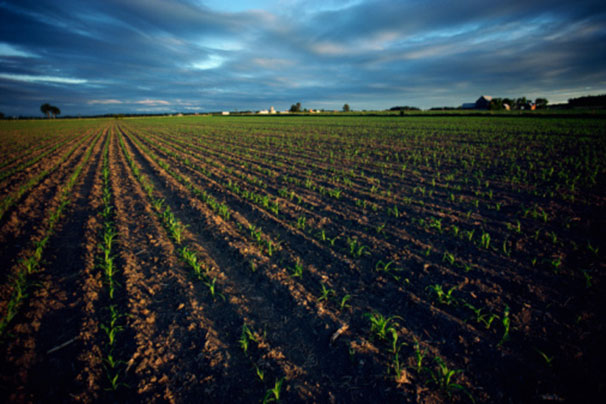Corn Re-Planting Considerations

For most of the typical growing season, farmers pray for rain. But this year, they’re praying for it to stop. Cold, wet conditions across the Corn Belt have forced many farmers to return to their fields to re-plant once or even twice.
If you’re trying to decide whether or not to re-plant, we encourage you to consider the following advice from the experts at Monsanto.
Evaluate the Existing Stand – Make sure you only count plants that have a good chance of surviving. If you evaluate the uniformity of the stand across your field, you should be able to decide if re-planting the entire field is the best option or if you can get by with re-planting only the areas that were flooded.
Then, Decide Whether to Replant – After evaluating what is left, consider its yield potential compared to the targeted re-planting date and population. Another factor to consider is the cost of replanting.
You’ve Decided to Replant, Now What? – Start by removing the existing stand. If you previously applied a pre-emergence herbicide, you may not want to till, because doing so could dilute the herbicide. Tilling before you replant could also cause in a loss of soil moisture. However, if you do till, make sure it’s done at an appropriate depth to control the original stand.
Selecting A Product – Of course, relative maturity is the biggest factor to look into when picking seed to re-plant. After May 1, corn requires about 1.6 fewer growing degree days (GDDs) per day of delayed planting to reach flowering.
Once you’ve chosen a seed, you should develop a management plant to protect your crop against rootworm and other harmful insects. Talk to your agronomist or brand representative to determine the best insecticide or corn product.
For more information about the pros and cons of re-planting, you can read the full report from Monsanto at http://bit.ly/2rEuk9H.

